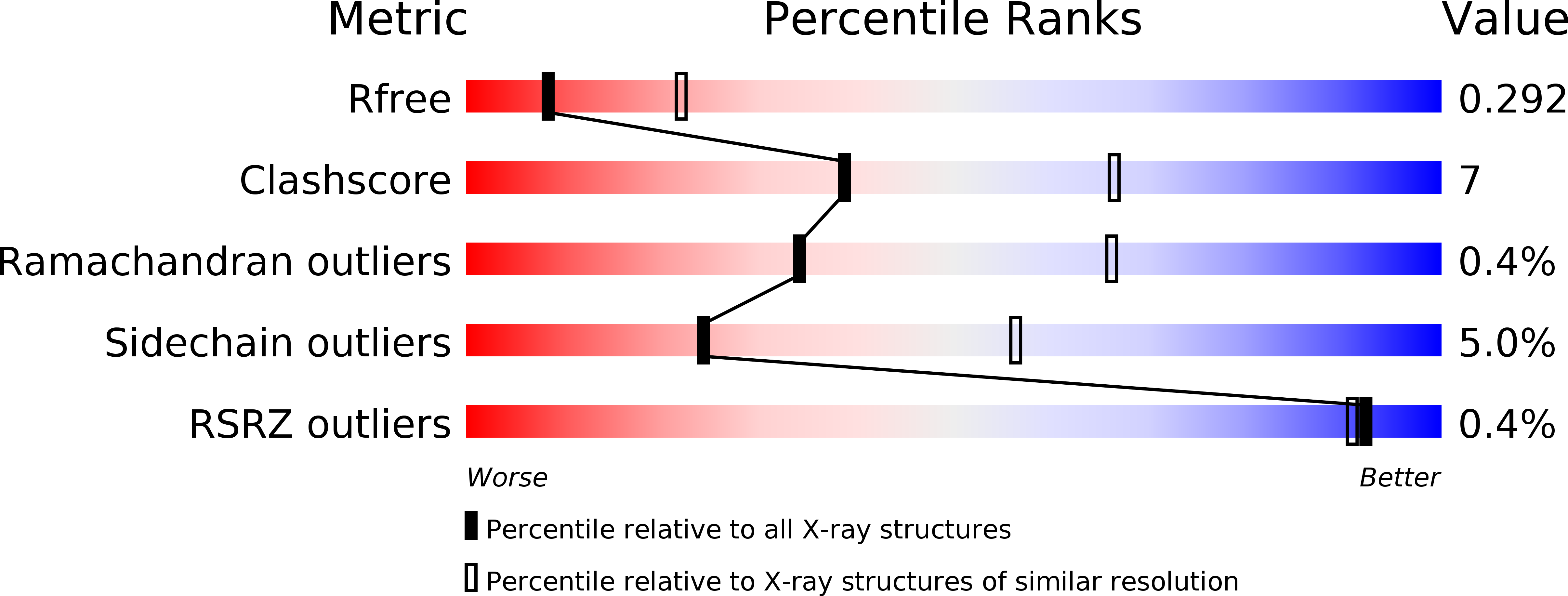
Deposition Date
2011-10-19
Release Date
2013-05-01
Last Version Date
2024-11-06
Entry Detail
PDB ID:
3U9P
Keywords:
Title:
Crystal Structure of Murine Siderocalin in Complex with an Fab Fragment
Biological Source:
Source Organism:
Mus musculus (Taxon ID: 10090)
Rattus norvegicus (Taxon ID: 10116)
Rattus norvegicus (Taxon ID: 10116)
Host Organism:
Method Details:
Experimental Method:
Resolution:
2.80 Å
R-Value Free:
0.29
R-Value Work:
0.21
R-Value Observed:
0.22
Space Group:
P 21 21 21


